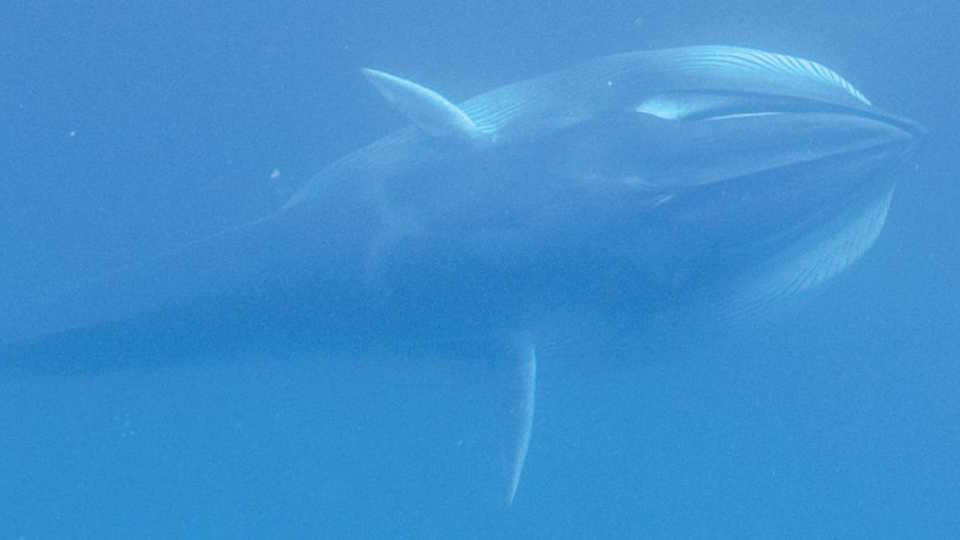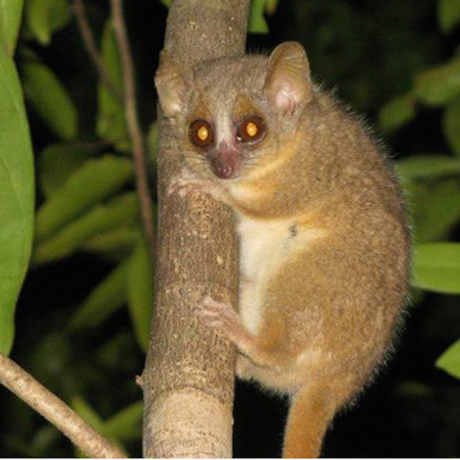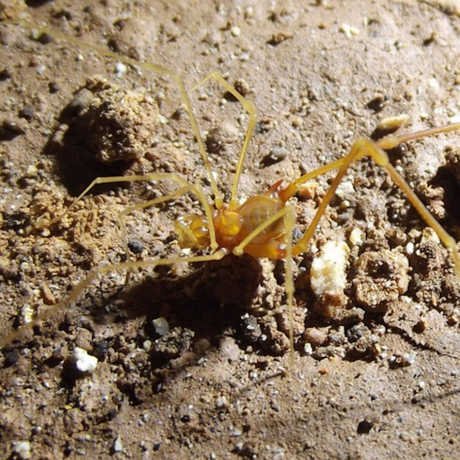Science News
New Discoveries: Bats, Whales, Wasps, and Snails

New Discoveries is a collaboration between Stanford and Academy scientists and staff, appearing on the second and fourth Wednesdays of every month. Here we celebrate new species publications and demonstrate how much more there is to learn about life on Earth.
Tropical Bat Discovered
A fascinating new bat species has just been found in the jungles of Malaysian Borneo. These bats have a unique “horseshoe” or leaf-like structure on their noses. The shape helps them direct their echolocation to navigate and find food in the dark. One of the scientists involved in the discovery, Roberto Portela Miguez from the Natural History Museum in London, says, “This is a reminder of how much we still have to discover about the natural world.” The new bat is described online in the journal Acta Chiropterologica.
Spectacular New Whale Sighted
Scientists finally found the rare and elusive Omura’s whale (Balaenoptera omurai). Unlike other species highlighted in these posts, this species was known to whalers but had never been studied or observed in the wild before. Salvatore Cerchio of the Wildlife Conservation Society led expeditions to the Indian Ocean that documented 44 sightings, observing the whale’s behavior and filming it for the first time. Cerchio calls the 40-foot giant “spectacular.” The research was published in Royal Society Open Science.
New Wasps and Snails Too
It’s been a busy few weeks for species discoveries. Scientists working in India discovered five new species of parasitic wasps. The wasps, which prey on spider eggs, have unique hair-like structures on their wings. The discovery is described in the journal Deutsche Entomologische Zeitschrift.
Finally, just weeks ago we reported the discovery of the world’s smallest snail. But researchers working in Borneo just identified 48 new snail species, including the new king of small, Acmella nana. (The word “nana” is Latin for dwarf.) It’s the width of about five human hairs! The species are described in the journal ZooKeys.
Rob Jackson is a professor of earth sciences at Stanford University. He travels the world for his job, from the rainforests of Peru to the deserts of South Africa and Patagonia.
Image: Salvatore Cerchio, Royal Society Open Science


